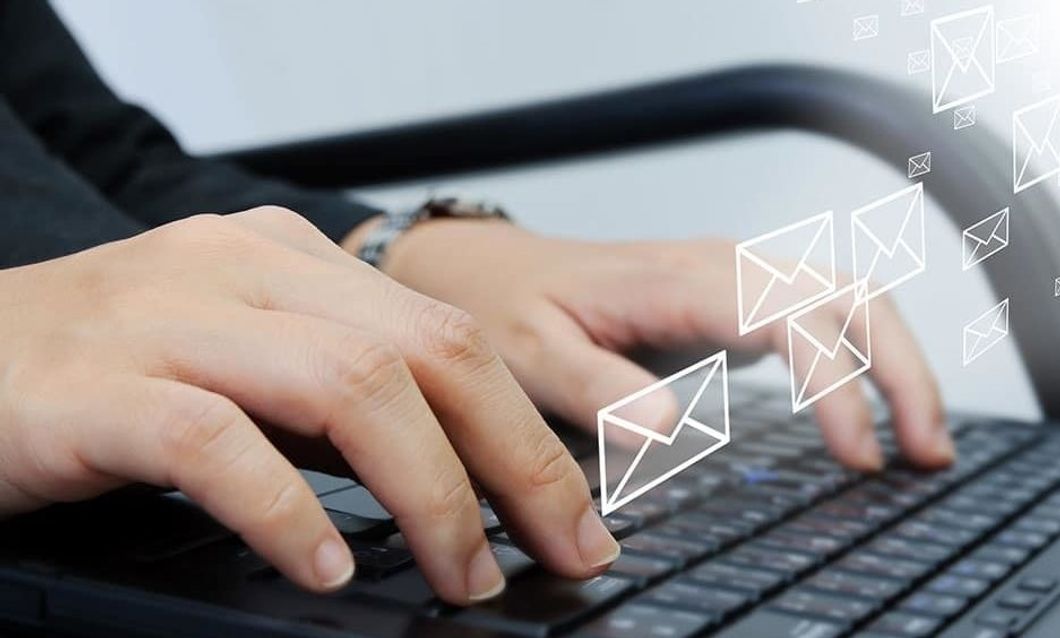Emails are undeniably one of the most important forms of business communication. As emails can be sent instantaneously, it is easy to make mistakes- and those mistakes can have professional consequences. When contacting a professional, make sure to follow these standard rules of email etiquette.
1. Use a Professional Email Address
Never use email addresses that are not appropriate for the workplace. It is best to use your work email or an email that conveys your full name. (example: jane.doe@gmail.com)
2. Include a Clear Subject Line
It is important to use a subject line that is specific enough to inform readers on what is about to be said in the email. Subject lines should be less than 20 characters.
3. Use Professional Salutations
Almost all business emails require a formal greeting. Avoid using informal greetings such as: "Hi there," or "Hey" when contacting someone for the first time, instead opt for Dear Mr./Ms (last name). When writing to someone who you do not know by name, you may write "To Whom It May Concern."
4. Use Professional Language
Ensure that the email is free of slang, and spelling or grammar errors. Remember that the body of the email should be concise and to the point. Stick with standard English writing rules and incorporate bullets and/or bold/highlight important aspects of the email.
5. End the Email Properly
An email should always have a professional closing, such as "Best Regards" or "Sincerely." This is also where a digital signature and contact information should be found. Always remember to use your full name in the closing to avoid confusion.
There you have it! The ultimate guide to writing a professional email. Whether you're writing to a boss or your own employees, emails are absolutely essential in the workplace. Follow these simple tips and you are sure to be an effective business communicator.






 The minimum wage is not a living wage.
StableDiffusion
The minimum wage is not a living wage.
StableDiffusion
 influential nations
StableDiffusion
influential nations
StableDiffusion












